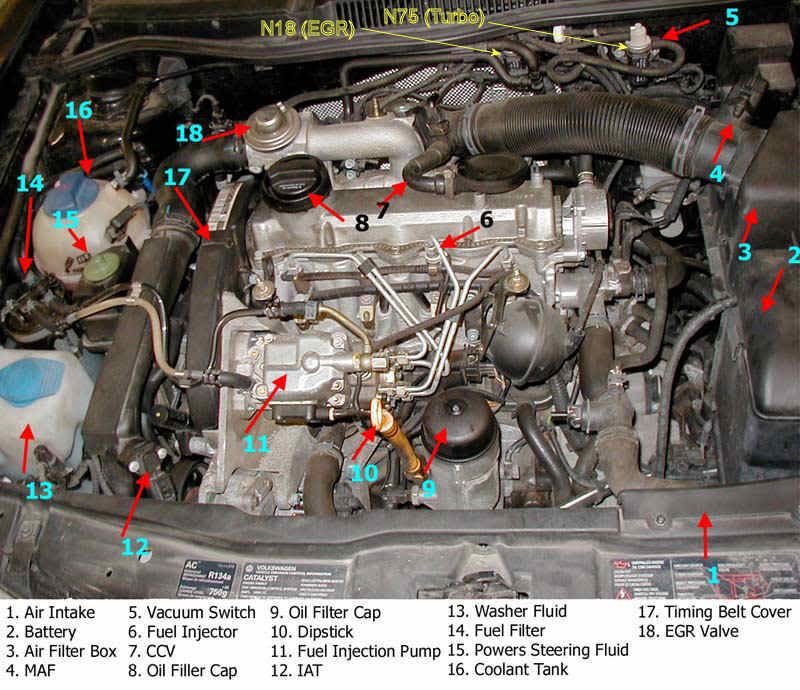starbiscuit
Guest
Hello all,
I've had my mk1 Leon SX for about 7 years. 101000 miles, completely stock.
It's a 54 plate 110 TDi, regularly serviced, though more by independents than Seat.
It's an ASV engine, definitely not PD.
I've searched this forum, and some Golf ones, looking for my symptoms and couldn't find a match, so apologies if this is going over old ground again.
Recently it's developed an annoying problem.
Under light acceleration or overrun, it occasionally "misses" or hesitates, like it cuts out momentarily.
When braking downhill, off gas, it feels like it "shunts" a bit. Again, only occasionally.
On my 20-mile commute, mostly 60-70mph, some 30mph, it does this maybe two or three times.
Seems not to happen when cold, though not certainly.
Seems not to happen when flooring it, when the car seems to pull as strongly as ever.
No noise or smoke; MPG not suffering.
The past couple of times I have noticed that the battery warning light comes on during the "hesitation", suggesting the engine actually stopped? It only lasts a fraction of a second, but it is getting worse.
Car has had a service recently - oil and filters - which may coincide with me noticing the issue but it might equally be the onset of colder or wetter weather.
I've had VAG com on it and there are no engine fault codes logged.
Does anyone have any ideas what should I be looking at? Vacuum leaks? Clogged EGR? Failing injector? But why wouldn't any of that show up in VAG com? Maybe it does and I'm looking in the wrong place.
Any help gratefully received.
Cheers,
Rob.
I've had my mk1 Leon SX for about 7 years. 101000 miles, completely stock.
It's a 54 plate 110 TDi, regularly serviced, though more by independents than Seat.
It's an ASV engine, definitely not PD.
I've searched this forum, and some Golf ones, looking for my symptoms and couldn't find a match, so apologies if this is going over old ground again.
Recently it's developed an annoying problem.
Under light acceleration or overrun, it occasionally "misses" or hesitates, like it cuts out momentarily.
When braking downhill, off gas, it feels like it "shunts" a bit. Again, only occasionally.
On my 20-mile commute, mostly 60-70mph, some 30mph, it does this maybe two or three times.
Seems not to happen when cold, though not certainly.
Seems not to happen when flooring it, when the car seems to pull as strongly as ever.
No noise or smoke; MPG not suffering.
The past couple of times I have noticed that the battery warning light comes on during the "hesitation", suggesting the engine actually stopped? It only lasts a fraction of a second, but it is getting worse.
Car has had a service recently - oil and filters - which may coincide with me noticing the issue but it might equally be the onset of colder or wetter weather.
I've had VAG com on it and there are no engine fault codes logged.
Does anyone have any ideas what should I be looking at? Vacuum leaks? Clogged EGR? Failing injector? But why wouldn't any of that show up in VAG com? Maybe it does and I'm looking in the wrong place.
Any help gratefully received.
Cheers,
Rob.
Last edited by a moderator:



